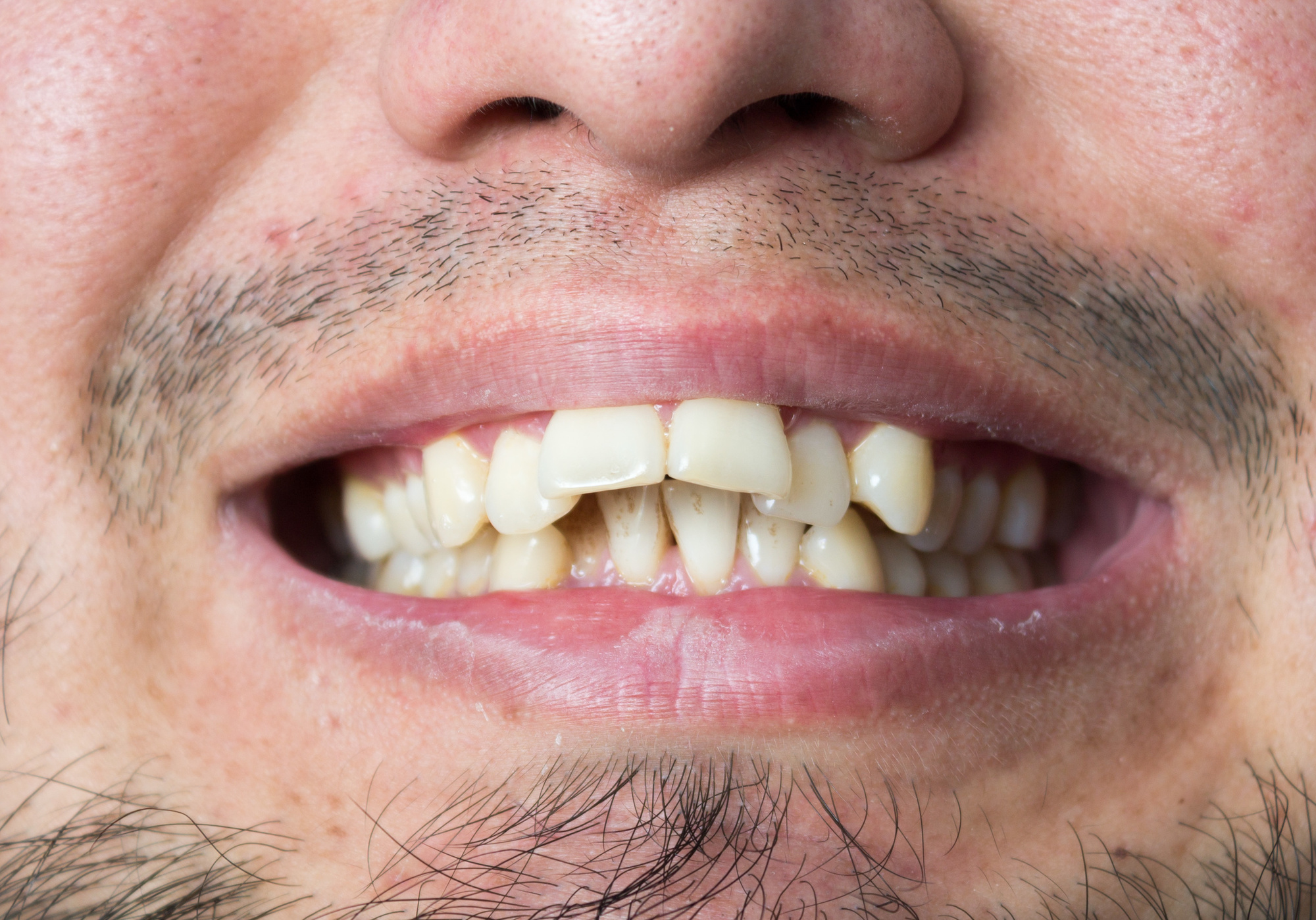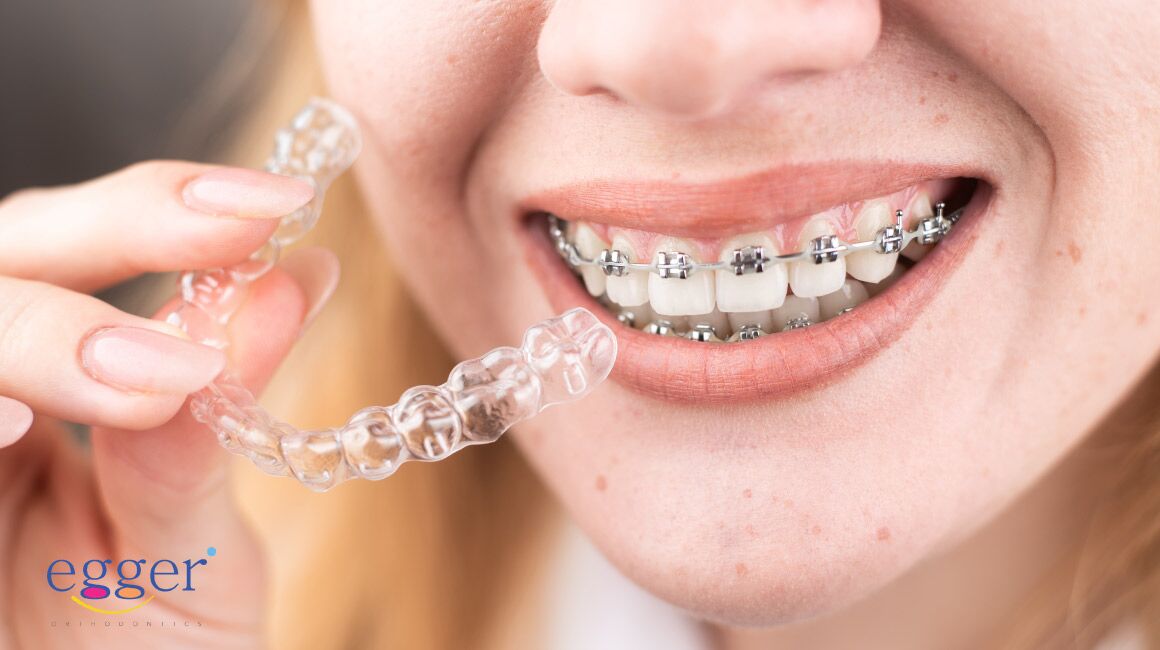Success Stories: How Invisalign Changed Lives and Increased Confidence
Invisalign vs. Standard Dental braces: Which Alternative Is Right for You?
When thinking about orthodontic treatment, the choice between Invisalign and traditional braces provides several important factors that warrant cautious evaluation. Invisalign offers a very discreet choice with removable aligners, while conventional dental braces give an extra visible yet reliable option for serious misalignment.
Introduction of Therapy Options

In comparison, typical braces contain steel brackets and cables that are bonded to the teeth. This technique uses continual pressure gradually to attain alignment. While reliable for complex orthodontic problems, standard dental braces require routine gos to for modifications and can posture challenges in maintaining oral health as a result of the trouble of cleaning up about wires and brackets.
Both choices have their qualities, and the choice commonly pivots on specific dental conditions, lifestyle preferences, and individual compliance. Ultimately, seeking advice from an orthodontic specialist is crucial for figuring out one of the most ideal treatment strategy customized to private demands. Recognizing the nuances of each option can considerably affect the total success of orthodontic treatment.
Visual Factors To Consider
A substantial variable affecting the choice between Invisalign and traditional braces is the visual allure each therapy supplies. Invisalign aligners are crafted from clear plastic, making them basically invisible when worn. This discreet look is specifically interesting grownups and teens who may really feel awkward concerning their orthodontic therapy. The capacity to maintain an all-natural smile throughout the placement process can considerably enhance the patient's self-confidence in social and professional setups.
On the other hand, traditional dental braces consist of steel brackets and cables, which can be much more noticeable. While innovations in orthodontic innovation have actually resulted in the growth of smaller braces and colored elastics, typical braces still keep a more obvious profile. For some individuals, the visibility of dental braces might prevent them from looking for required therapy.
Ultimately, the selection between Invisalign and standard braces might depend upon personal choices concerning aesthetic appeals. Clients that prioritize discretion often favor Invisalign, while those that are less concerned concerning visibility might go with conventional dental braces. Understanding the aesthetic implications of each alternative is essential for making a notified choice that aligns with one's way of life and choices.
Comfort and Convenience

In terms of ease, Invisalign aligners are detachable, allowing clients to appreciate their favorite foods without restriction and maintain optimal dental hygiene. Brushing and flossing are streamlined, as the aligners can be secured during these regimens, whereas standard dental braces require mindful navigating around brackets and cords.
Furthermore, Invisalign's modern system enables less orthodontic brows through. Individuals typically receive numerous sets of aligners simultaneously, which can simplify the treatment procedure and decrease time invested in the orthodontist's chair. On the other hand, traditional dental braces necessitate routine adjustments, making them much less convenient for those with active schedules. Invisalign. On the whole, the comfort and ease of Invisalign make it an appealing selection for numerous people seeking orthodontic therapy.
Therapy Duration and Effectiveness
While both Invisalign and traditional braces work in fixing oral imbalances, the duration of treatment can differ significantly between both alternatives. Normally, Invisalign therapy can take anywhere from 12 to 18 months, depending on the complexity of the instance. The clear aligners function by progressively shifting teeth into their preferred settings, and normal follow-ups with an orthodontist aid ensure progress stays on the right track.
On the other hand, traditional braces frequently need a longer dedication, normally varying from 18 months to 3 years. This results from their set nature and making use of cords and brackets, which can be more effective for complicated instances and extreme imbalances (Invisalign). The therapy performance of typical dental braces is well-documented, as they permit specific changes and better control over tooth movement
Ultimately, the selection in between Invisalign and traditional dental braces might rest on both the awaited therapy period and the certain dental issues handy. Consulting with an orthodontist is crucial, as they can provide customized referrals based upon private needs, guaranteeing the chosen approach straightens with preferred end results and durations.
Price Comparison and Insurance Options
Price plays a considerable function in the decision-making process for people taking into consideration orthodontic therapy, whether choosing Invisalign or typical dental braces. Typically, the price of Invisalign arrays from $3,000 to $8,000, while traditional dental braces usually cost between $2,000 and $6,000. Variables affecting these prices consist of the complexity of the situation, the duration of therapy, and geographical place.
Insurance protection can substantially influence out-of-pocket other expenditures. Several dental insurance strategies provide partial insurance coverage for orthodontic therapies, however the specifics can differ commonly. It is vital for individuals to evaluate their insurance plan to establish the extent of insurance coverage for either option. Normally, typical dental braces might be extra frequently covered by insurance coverage strategies contrasted to Invisalign, which some insurers classify as a cosmetic treatment.
Additionally, several orthodontic methods offer flexible layaway plan, making both therapy alternatives much more easily accessible. Patients ought to make inquiries concerning potential funding options and discounts for ahead of time settlements. Examining the total price, including insurance policy advantages and settlement strategies, is important for making a notified decision that straightens with both aesthetic choices and budget plan factors to consider.

Conclusion
In recap, the choice in between Invisalign and traditional braces rests on several aspects, including visual choices, convenience, treatment duration, and cost. Invisalign provides a discreet, removable option that promotes oral health and nutritional adaptability, while conventional braces may be better for intricate oral problems and often come at a lower rate factor. Eventually, consultation with visit this website an orthodontist is necessary to evaluate private situations and establish the most proper therapy alternative for achieving ideal dental positioning.
When taking into consideration orthodontic therapy, the choice between Invisalign and standard braces provides numerous crucial factors that warrant careful assessment.Comparing Invisalign and traditional dental braces reveals unique treatment alternatives for orthodontic correction.While both Invisalign and traditional braces are efficient in correcting dental misalignments, the period of treatment can vary significantly in between the two choices.Cost plays a substantial role in the decision-making procedure for click this site people thinking about orthodontic therapy, whether opting for Invisalign or standard dental braces.In recap, the choice in between Invisalign and typical dental braces pivots on numerous aspects, including visual choices, convenience, therapy period, and expense.